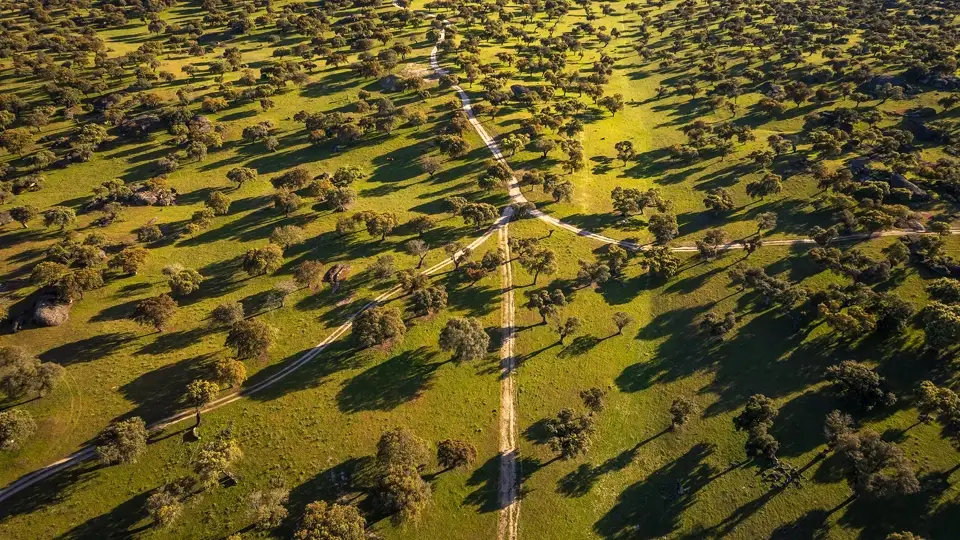Spain and Portugal: Natural Parks to Fall in Love With
These countries boast an astonishing diversity of landscapes and ecosystems, which are on full display in their natural parks.
From the volcanic peaks of the Canary Islands to the marshlands of the Algarve, these protected areas offer outdoor activities that will satisfy even the most adventurous visitors. These include hiking, birdwatching, horseback riding, and more. In addition to their scenic value, the parks preserve a rich heritage of flora and fauna that reflects millennia of adaptation and evolution.
Natural parks are designated areas for preserving the balance between conservation and responsible public use. They have well-marked trails, viewpoints, and interpretation centers that help visitors understand the importance of protecting biodiversity.
Below, we present our ranking of the top 12 natural parks in Spain and Portugal, along with a brief description of each park and the experiences you can enjoy there.
TOP 12 NATURAL PARKS IN SPAIN AND PORTUGAL
1. TEIDE NATIONAL PARK (TENERIFE, SPAIN)
Get your camera ready to capture the highest volcanic peak in Spain! Located in the center of Tenerife, Teide (12,173 ft) is a UNESCO World Heritage Site and the third-highest volcano in the world from its base on the ocean floor.
The Ruta de los Roques de García is one of many volcanic rock trails, offering panoramic views of craters and unique basalt formations. Sunrise excursions are ideal for viewing the “sea of clouds” below.
In the heart of the park, the Izaña Observatory houses the world’s largest solar observatory. There, you can peer through powerful telescopes and participate in outdoor astrophysics workshops. At night, enjoy “Teide by Night,” a first-class astro-tourism experience, thanks to one of the clearest skies on the planet.
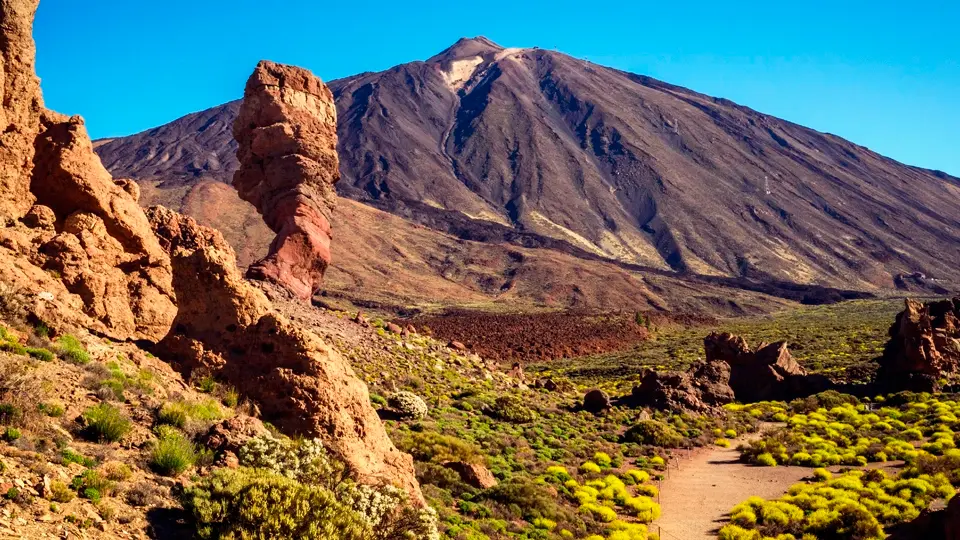
2. ORDESA AND MONTE PERDIDO NATIONAL PARK (HUESCA, SPAIN)
Many travelers call Ordesa the “Spanish Grand Canyon” because of its deep gorges, especially in the Añisclo Canyon. There, limestone cliffs rise almost vertically to over 400 meters, and the area’s mysterious aura is reinforced by the epic legend of Monte Perdido (11,003 feet), which is said to owe its name to a shepherd who lost his flock in the fog on its summit in the Middle Ages.
The park is part of the UNESCO World Network of Biosphere Reserves thanks to its unique biodiversity.
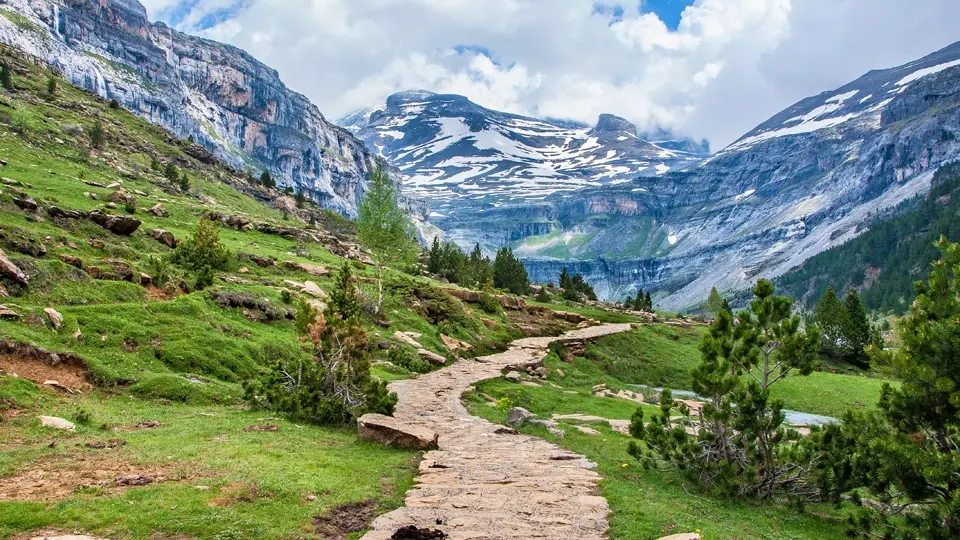
3. PICOS DE EUROPA NATIONAL PARK (ASTURIAS, CANTABRIAN, AND LEÓN, SPAIN):
This park is known for its imposing limestone formations and offers classic trails such as the Ruta del Cares, a narrow gorge carved into the rock.
Spotting griffon vultures and chamois is a unique experience for lovers of alpine wildlife. Vertical ridges and high mountain lakes await you!
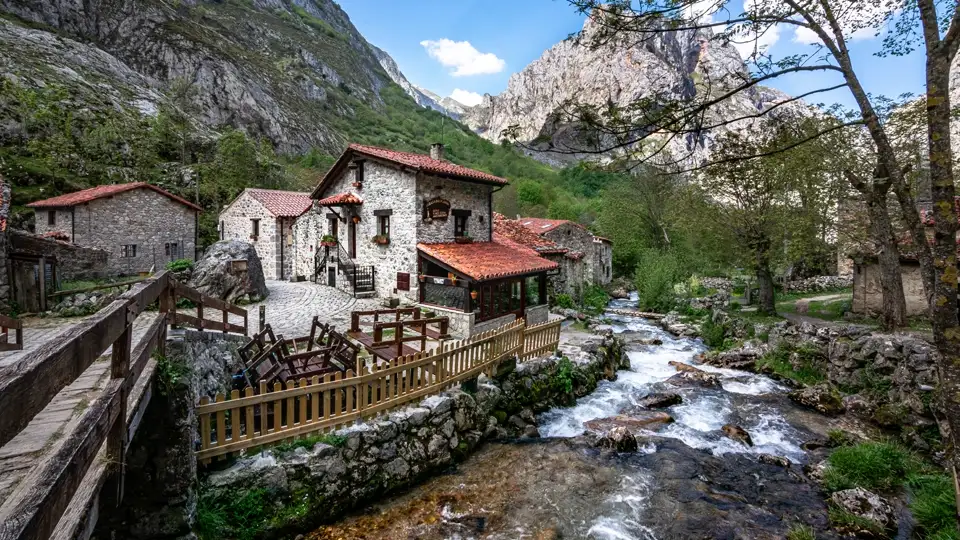
4. DOÑANA NATIONAL PARK (HUELVA, SEVILLE, AND CÁDIZ, SPAIN):
This Biosphere Reserve and World Heritage Site is a key stop for migratory birds. Watch flamingos, ospreys, and purple swamphens in its lagoons and sand dunes.
Horseback riding through the marshes is an authentic way to connect with the environment. Spanning more than 30,000 hectares, Doñana is the largest wetland reserve in Europe.
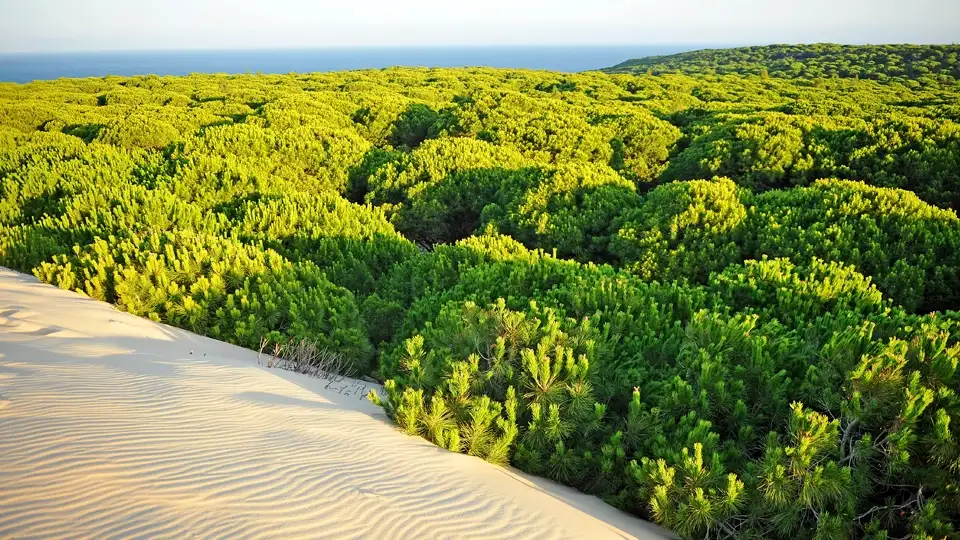
5. TIMANFAYA NATIONAL PARK (LANZAROTE, SPAIN):
This lunar landscape was shaped by 18th-century eruptions. The “Parque de los Volcanes” (Volcano Park) features lava fields and recent volcanic cones, with geothermal displays revealing activity beneath the ground.
Exploring it on foot or by camel will make you feel as if you are on another planet. Interestingly, NASA has referred to it as a “Martian test site.” Engineers from the Mars 2020 Perseverance mission trained in Timanfaya because of its similarity to Martian terrain. They even proposed naming a grid square in the crater where the rover landed “Timanfaya.”
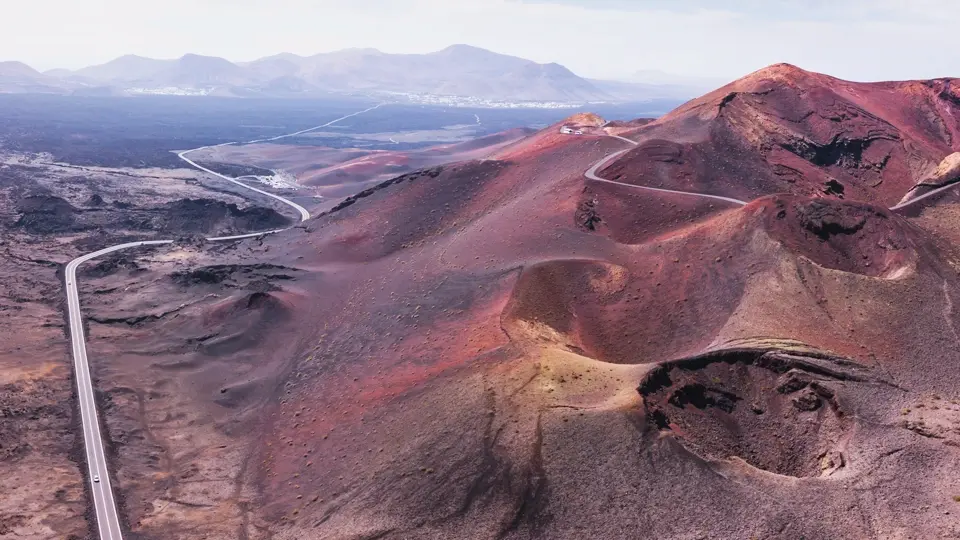
6. ATLANTIC ISLANDS NATIONAL PARK (GALICIA, SPAIN)
Enjoy pristine beaches and an emerald ocean in the Cíes, Ons, Sálvora, and Cortegada islands. This archipelago is home to some of the purest sandy beaches in Europe. There are also coastal trails and diving spots where you can discover seagrass beds and colonies of seabirds, such as the Atlantic gannet.
Rodas Beach on the Cíes Islands was even voted the best beach in the world in 2007 by The Guardian, thanks to its fine sand and crystal-clear waters.
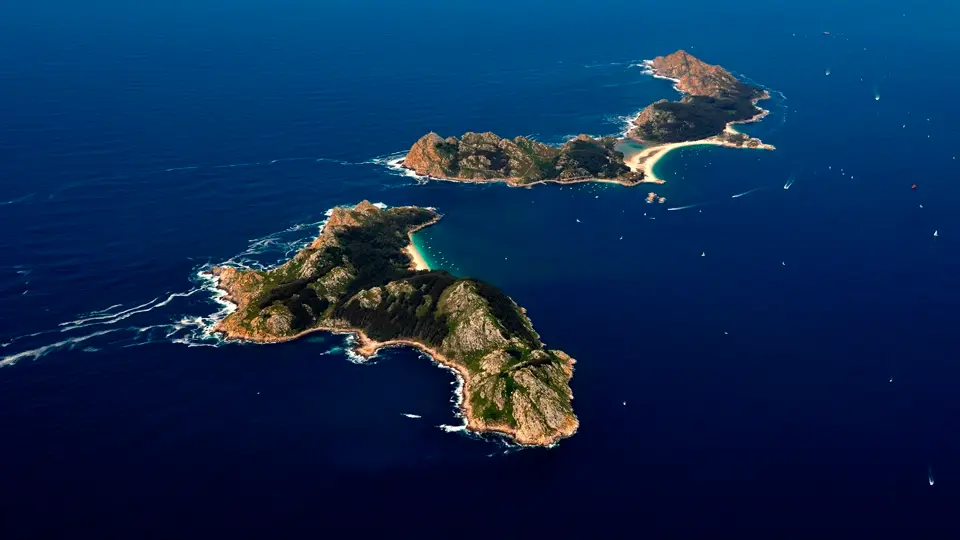
7. SIERRA DE GUADARRAMA NATIONAL PARK (MADRID AND SEGOVIA, SPAIN)
Escape to pine forests and glacial valleys just outside the capital! La Pedriza and Peñalara (8,618 ft) offer accessible hiking trails with natural viewpoints. The variety of landscapes ranges from granite needles to high mountains. It’s ideal for day trips, with plenty of scattered shelters.
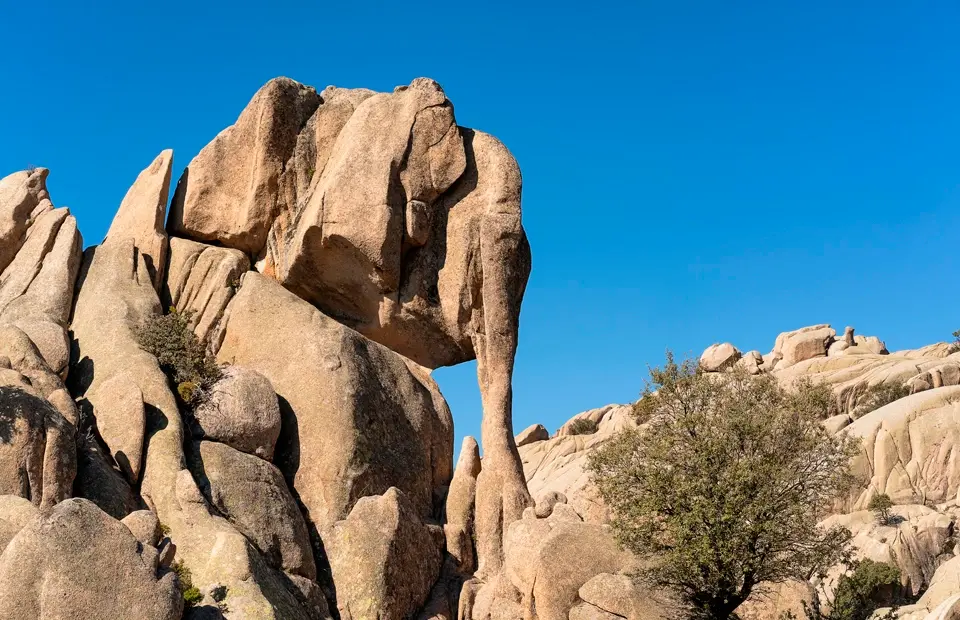
8. BARDENAS REALES NATURAL PARK (NAVARRE, SPAIN):
This desert of gypsum and clay is undulating due to erosion. Mountain bike trails wind through this semidesert terrain, which is home to a wide variety of birds of prey.
The hill formations and plateaus create an almost Martian landscape, reminiscent of the filming location of the famous series Game of Thrones. In season six, the plains of Bardenas served as “Mare Dothraki” for the series.
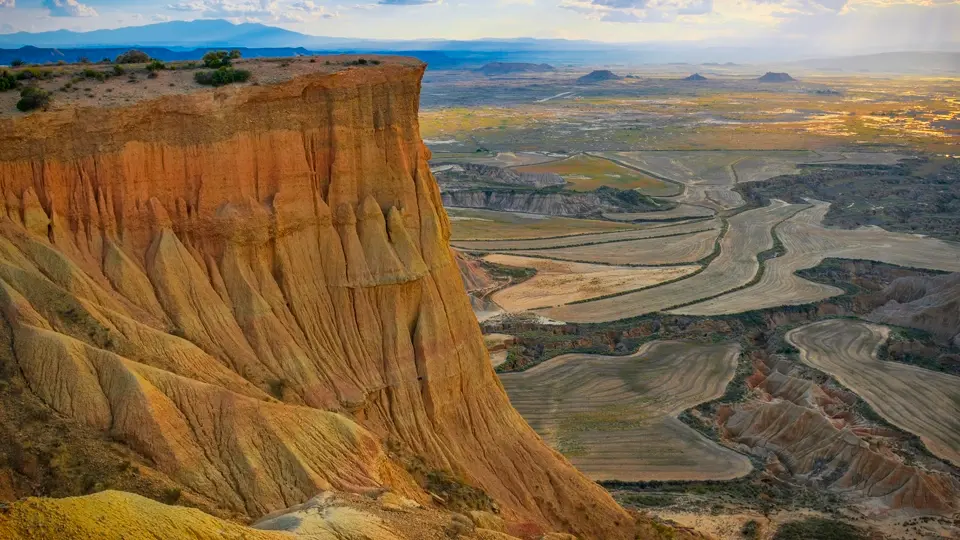
9. MONFRAGÜE NATIONAL PARK (CÁCERES, SPAIN):
Explore the peneplains and the Tajo Canyon, which is dominated by vultures and black storks. This Biosphere Reserve is one of Europe’s premier birdwatching sites. From the medieval fortress of Monfragüe, you may see Iberian condors gliding overhead.
Trails such as the Senda del Castañar offer a combination of Mediterranean forest and panoramic views.
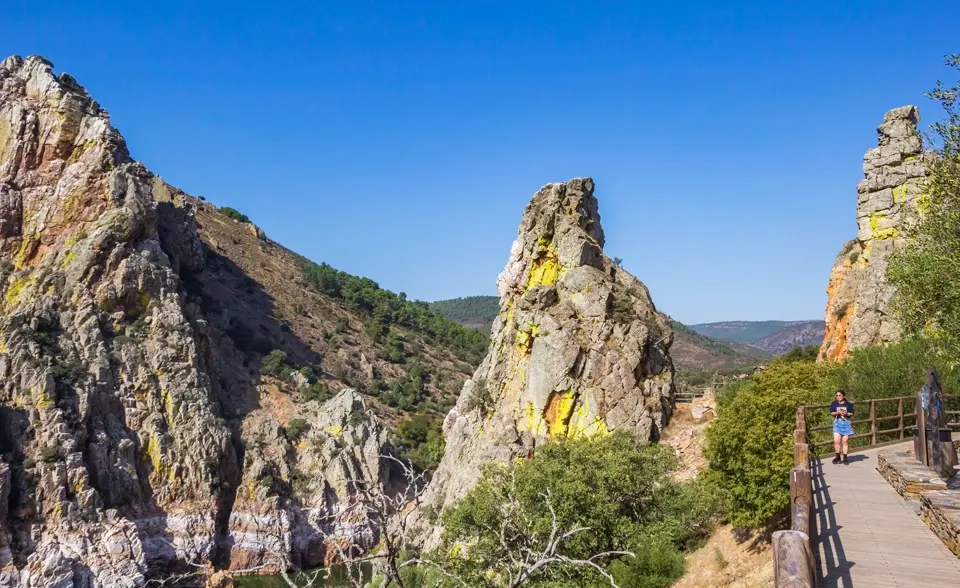
10. ARRÁBIDA NATURAL PARK (SETÚBAL, PORTUGAL)
Although less than 70 km separate Arrábida from the Portuguese capital, its turquoise coastline and cork oak forests remain a hidden sanctuary.
In addition to coves such as Galapos, visitors can explore an old 17th-century monastery overlooking the Sado Estuary. The park’s limestone cliffs are home to cork oak forests and Mediterranean scrubland. Coastal trails and kayaking trips along secluded bays are the star activities here.
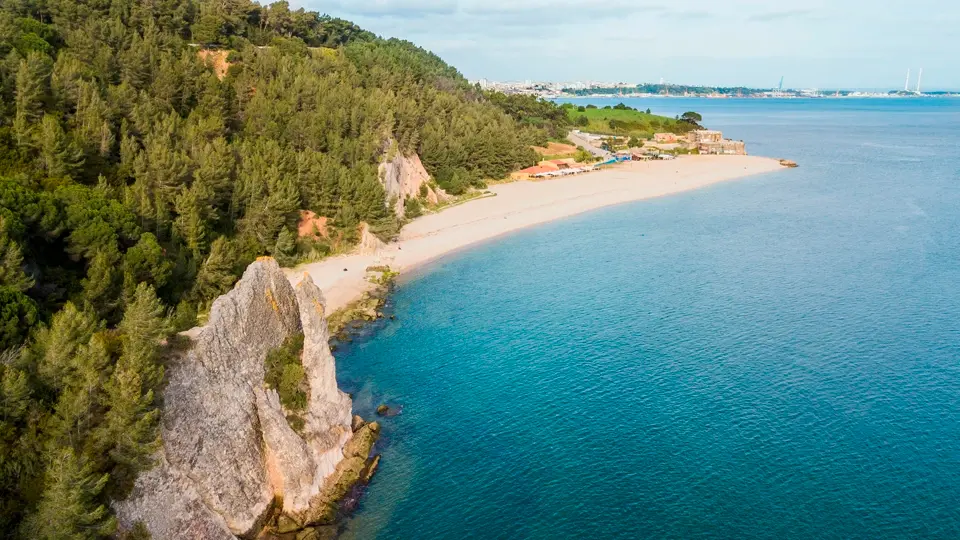
11. SINTRA-CASCAIS NATURAL PARK (LISBON, PORTUGAL)
Here, you will find rugged cliffs, romantic palaces, and pine forests that look like something out of a fairy tale. The park protects beaches such as Guincho and the Sintra Mountains, which boast Atlantic and Mediterranean biodiversity. Its Atlantic waves attract surfers from all over the world.
You can also enjoy walking and mountain biking routes that combine nature and historical heritage.
As an aside, the Biester Palace, closed to the public for decades, reopened in 2022 after appearing in several international productions, including Netflix adaptations.
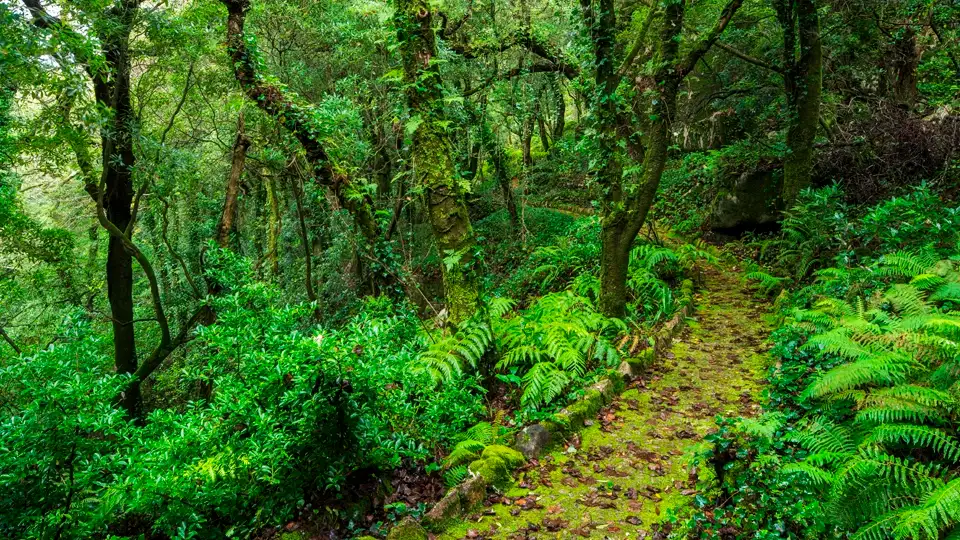
12. RIA FORMOSA NATURAL PARK (ALGARVE, PORTUGAL):
This natural park is characterized by a labyrinth of channels and brackish lagoons where migratory birds nest. The Ria Formosa coastal lagoon is a refuge for species such as spoonbills and egrets. Traditional boat trips (moliceiro) and kayaking are perfect for exploring its islets and marshes.
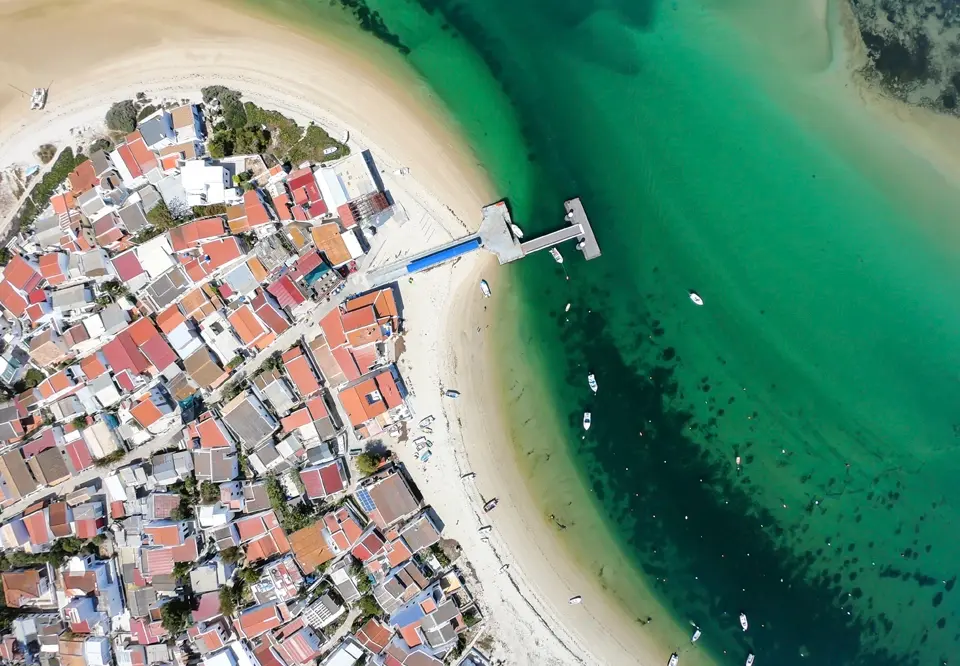
EXPLORE THESE MAGICAL PLACES WITH CARAMELTRAIL!
The 12 natural parks in Spain and Portugal form a mosaic of landscapes of enormous ecological and scenic value. Whether you’re looking to climb a volcano, venture into lush forests, or paddle through coastal lagoons, each of these spaces invites you to reconnect with nature and enjoy eco-friendly outdoor activities.
Pack your backpack, put on some good boots, and let yourself be seduced by adventure in these unique corners of the Iberian Peninsula!
